8 solutions on wastewater treatment
By Edit Team | April 14, 2016 8:39 am SHARE
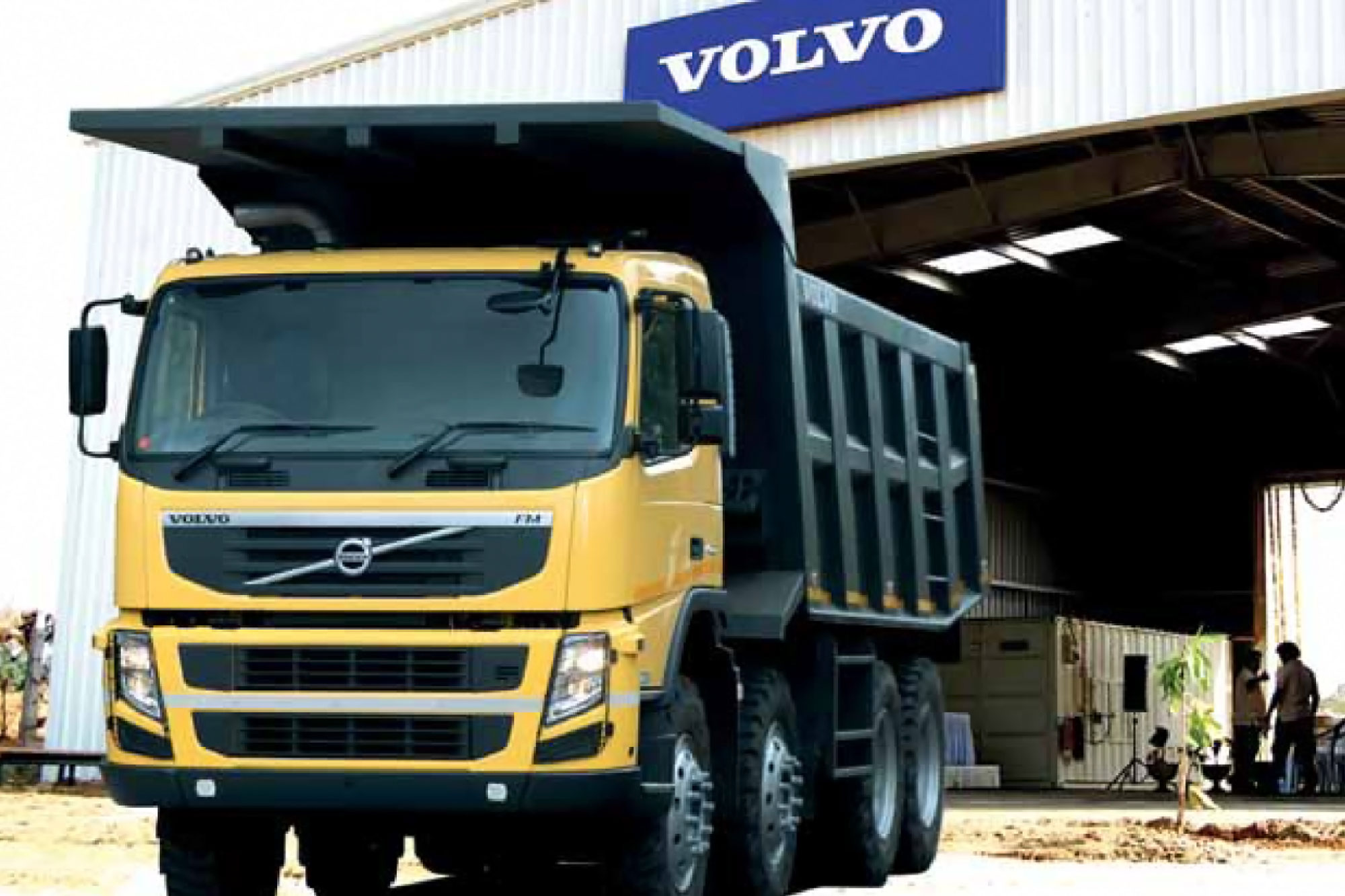
An overview on few solutions used for the treatment of wastewater
Today pollution is a global problem that needs no introduction. With increasing pollution of surface and ground water sources, the problem is aggravated with each passing day. Indiscriminate industrial development and exploitation of limited water sources are compelling every industry to seriously address the problem. Availability of water itself has become a serious threat.
Therefore, industries are considering various options to reduce their water usage and to recycle water to the extent possible, including selection of manufacturing technologies that use minimum water, produce less wastewater as well as other solid and liquid waste. As the cost of water increases, legislation becomes more stringent and enforcement stricter making water recycle a viable option.
Since the beginning people have had the need to treat the water they consume, and use for cooking, bathing and washing their homes and cooking utensils. They have also needed to find ways to properly treat and dispose the water that has been fouled through the course of its use in latter centuries most commonly during industrial production activities.
When people hear the phrase “water treatment,” however, the first thought that comes to mind is taking water that will be used in domestic settings and removing any impurities, in the process making it safe to drink, cook with, bathe in and wash clothes with; in other words, “municipal” water treatment. But from a broader perspective, the term water treatment can have a number of completely different meanings.
In industrial applications, for instance, water can be taken from a nearby river and used for boiler or cooling-tower make-ups. In the oilfield, water that is used or produced during the drilling and recovery process can be treated and sold to farmers for use in field-irrigation activities.Most of the water used or produced in industrial applications contains some level of solid particles. It goes without saying that these particles should not be consumed, but particle-laden water also can’t be used, for example, in a boiler that provides steam to a turbine during power generation, lest the turbine become fouled and damaged.
“Recognising the presence of particulates in water and successfully removing them, however, are two different things. Some of the particles which can be anything from bacteria and plant material to dirt or minuscule pieces of crushed stone are so small that their response to gravity is very low. They don’t fall through water at a consistent rate because their mass is so small and not impacted by gravity. This means that it may take many hours, days or even weeks for the particles to settle as little as a foot. This is an unacceptable, and unpredictable, settling rate for a water or wastewater treatment system, so the particles need some help in settling or clumping,” informs Ravi Prasad, Director – Sales, PSG India.
To speed along the settling or clumping process, the water-treatment facility must turn to the introduction of a coagulant or flocculent that helps the tiny particles clump together in a mass that is called a “floc,” which is easier to remove.
Following are few different types of solutions on wastewater treatment:
1. Water recycling
Wastewater recycle should take shape at the drawing board stage in contrast to the conventional treatment approach of designing the raw water and wastewater treatment plants (end of pipe solutions) separately. This will enable planning for water recycle at the design stage itself.
“Recycling benefits are many – firstly, raw water consumption reduces. The designer can therefore plan for a raw water treatment plant of lower capacity and cost. Secondly, the effluent treatment plant’s capacity is also reduced as we are treating the effluent which is not being recycled and hence the quantity of waste disposed is less, leading to further cost reduction,” states Ajay Popat, President – Corporate Diversification, Corporate Marketing Group and Technology, Ion Exchange (India) Ltd.
Apart from industrial wastewater, nowadays, because of water scarcity, it is important to recycle domestic sewage where recycled water can be used for low end applications such as gardening, toilet flushing etc. Innovative and compact sewage treatment systems are available and are working efficiently at various hotels, hospitals, commercial and residential complexes. The domestic waste i.e. sewage and sullage, can be treated and recycled with the help of very innovative technologies such as membrane bio-reactors, fluidised media reactors, rotating bio-contactors, sequential batch reactors etc.
“Wastewater recycling is the only holistic solution to the water scarcity and can meet the growing demand for good quality water even as water scarcity and pollution increases,” adds Popat.
2. Alum
A more economical way to say “hydrated potassium aluminium sulphate,” alum has been used since Roman times to aid in the purification of drinking and industrial-process water. Alum coaxes negatively charged colloidal particles to clump together so they will be able to be more easily removed from settling basins.
3. Ferric Chloride
Another name for Iron (III) chloride, ferric chloride undergoes hydrolysis when dissolved in water, which gives it the ability to sufficiently form suspended solid particles into flocs.
While quite effective in creating flocs, the flocs that are formed by alum and ferric chloride are held together rather loosely, which means that they can break apart if agitated as they settle in the clarifier or settling basin. Eliminating this break-up potential requires the introduction of a polymer solution that helps form more efficient flocs. The polymer takes the neutralised solid particle clumps and binds them together more tightly.“The clumps that settle in the basin form a material that is called “sludge.” The use of alum by itself leads to the generation of a large amount of sludge; the introduction of polymer helps further coagulate the sludge. However, the sludge that is produced still needs to be removed and disposed of. Accumulated sludge can be collected and sent away to someplace like a centrifuge, or just piled up on the ground outside the water-treatment facility, allowed to dry and then removed via front-end loader and dump truck,” explains Prasad.
Removing the sludge from the water requires a pump that can run dry and won’t be bothered by abrasive materials. In other words, a pump that has the capability to take whatever flows into it no matter its makeup and deliver it out the discharge side in that same form.
4. Mechanical Metering Pumps
Ideal for dosing alum and ferric chloride, the mechanically actuated pumps eliminate the use of contour plates on the liquid side of the diaphragm, resulting in a simple, straight-through valve and head design that allows improved flow characteristics. “Neptune 7000 Series mechanical metering pumps have been designed to handle clear liquids with viscosities ranging from water-like to 5,000 cPs, making them ideal for use in industrial water and wastewater treatment applications. The capacity of the 7000 Series pumps is manually adjustable via micrometer dial while the pump is running. This allows the pump to produce flow rates ranging from10 gph to 450 gph (38 L/hr to 1,710 L/hr) at head pressures up to 150 psi (10 bar). The pump’s liquid ends are constructed of PVC, 316 stainless steel or Kynar. Washdown-duty and explosion-proof motors, as well as variable frequency drive options, are also available. The pumps are also self-priming,” states Prasad.
5. Liquid Polymer Blending Systems
Fluid Dynamics, which is a division of Neptune, has designed the dynaBLEND liquid polymer blending systems with a non-mechanical mixing chamber that allows it to deliver an unequalled degree of reliability when activating all types of liquid polymer for use in water or wastewater treatment. The system’s injection check valve has been designed with easy disassembly and inspection in mind, eliminating a maintenance concern that troubles other systems. These features allow the dynaBLEND to apply ultra-high mixing energy at the point of initial polymer and water contact to prevent polymer gelling and agglomeration. The prolonged turbulence that the dynaBLEND process creates allows the polymer to complete the blending process gently and fully. Finally, after the polymer is initially activated, the dynaBLEND’s gentle mixing energy does not break the fragile long polymer chains that have been formed.
6. Peristaltic (Hose) Pumps
Featuring a design that ensures “whatever goes into the pump comes out of the pump”, Abaque Series Peristaltic pumps can handle solid particles up to 18 mm (0.7”) and soft particles as large as 31 mm (1.2”), making them one of the top choices for sludge removal. They feature a seal-free design that eliminates leaks, which enables them to handle the wastewater industry’s toughest pumping applications, from abrasive and aggressive fluids to shear-sensitive and viscous materials. The pumps, which can run in either forward or reverse, are self-priming, dry-running and offer suction-lift capabilities to 9 meters (25.5 feet), as well as the ability to run dry continuously without adversely affecting the pump’s performance. Ductile-iron and steel construction lets the pump produce discharge pressures as high as 16 bar (232 psi). The Abaque’s pump hoses are available in three materials of construction: natural rubber, EPDM and Buna N.
7. Bioclean
Currently, the advancement of scientific knowledge and moral awareness has led to a reduction of discharges through pollution prevention and recycling, with the noble goal of zero discharge of pollutants. To achieve the same, waste water has to go through a combination of treatment processes i.e. primary treatment (chemical), secondary treatment (biological), tertiary treatment (physical separation) and advanced tertiary treatment. Biological treatment plays a key role in degradation of organics i.e. upto 95 per cent of reduction in organics can be achieved using the right microbes in the secondary treatment process.
Bioclean is a consortium of micro-organisms having superior strains of non-genetically engineered, robust and beneficial micro-organisms. These micro-organisms have been naturally isolated that have the ability to degrade broad spectrum of organics in the wastewater even under stringent conditions. These micro-organisms are micro-encapsulated to have a longer shelf life, states Vishal Dethe, Senior Technical Executive, Organica Biotech Pvt Ltd.
Bioclean is used in industrial and domestic wastewater treatment processes for plant stabilisation, handling shock loads, maintaining MLSS under high TDS levels, reduce colour and odour etc.
8. Chemical Oxygen Demand (COD)
One of the most common tests in wastewater treatment plants, COD can be performed in the facility and is a relatively fast analysis. Being able to obtain results in a timely fashion becomes important in industrial areas. Different industries release different inorganic to the waste stream; this directly impacts the effectiveness of a wastewater treatment plant. “Measuring COD allows for wastewater facilities to make real-time operational adjustments when necessary, and to evaluate the effectiveness of their treatment. The determination of COD involves several chemicals that are used as oxidizing agents. For the simplicity of the end user, the necessary volume of these chemicals is premeasured and packaged in vials. In COD analysis, inorganic and organic substances are oxidized with potassium dichromate in sulfuric acid,” explains Kondiba Metkari, Business Manager, Hanna Equipments (India) Pvt Ltd.
Wastewater recycling is the only holistic solution to the water scarcity and can meet the growing demand for good quality water even as water scarcity and pollution increases.
Ajay Popat, President – Corporate Diversification, Corporate Marketing Group and Technology, Ion Exchange (India) Ltd.
Bioclean is a consortium of micro-organisms having superior strains of non-genetically engineered, robust and beneficial micro-organisms.
Vishal Dethe, Sr. Technical Manager, Organica Biotech Pvt Ltd.
Measuring COD allows for wastewater facilities to make real-time operational adjustments when necessary.
Kondiba Metkari, Business Manager, Hanna Equipments (India) Pvt Ltd.
Cookie Consent
We use cookies to personalize your experience. By continuing to visit this website you agree to our Terms & Conditions, Privacy Policy and Cookie Policy.




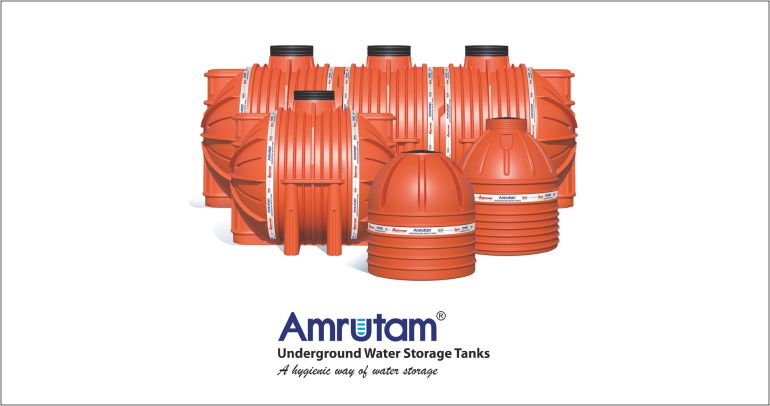

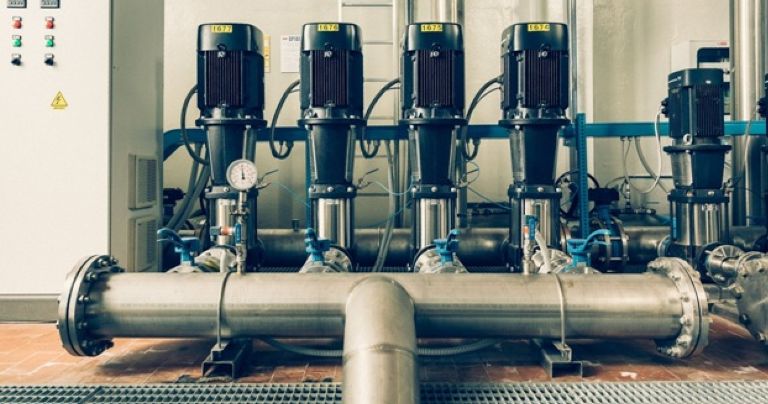
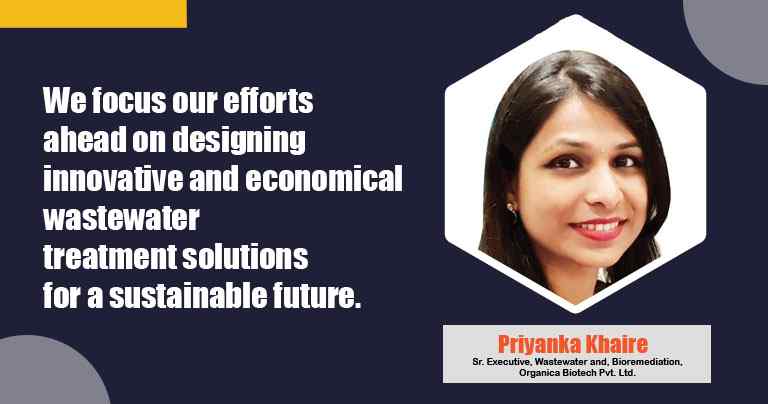
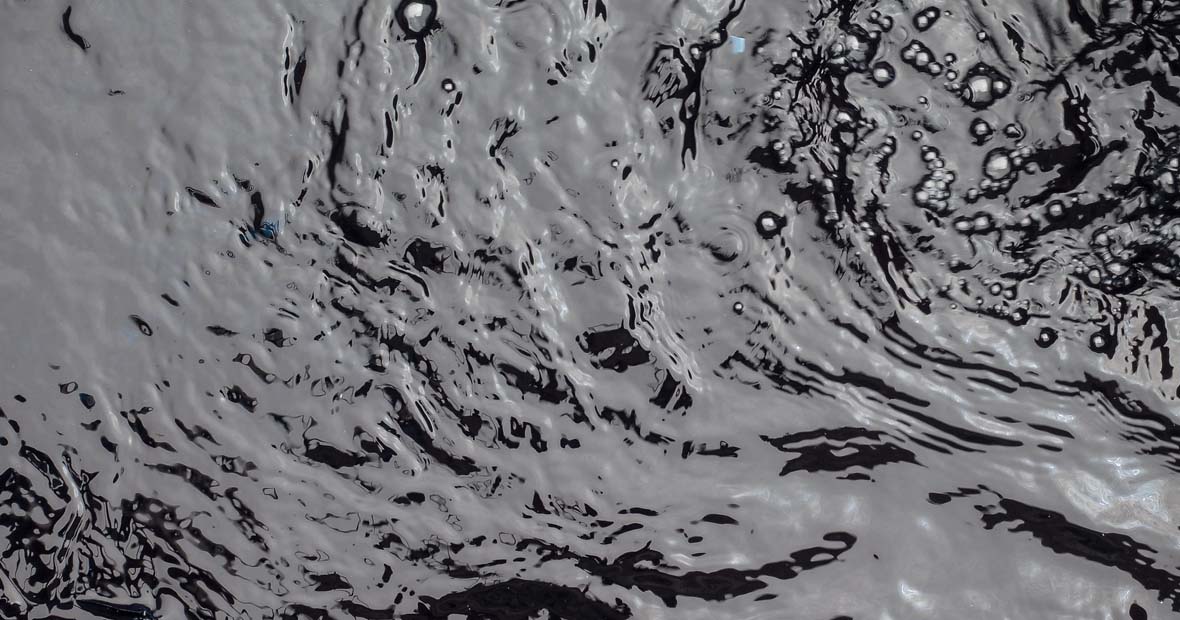



























-20240213125207.png)

























